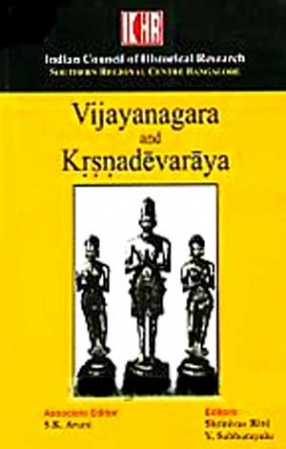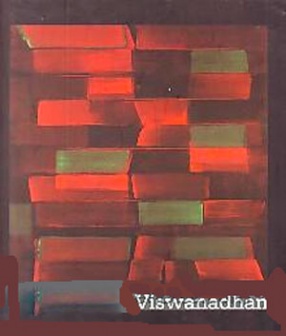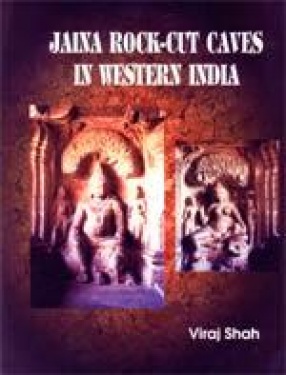The fall of Vijayanagara empire caused the emergence of splinter states in South India and Deccan. These states collectively known as Poligars (Palegars). They dominated the political scenario of the South India from These Poligar states founded by the warrior tribes of South India; they eventually came to the mainstream of the south Indian polity. The present book deals one such Poligar state known as Surapura Samsthana founded by the Bedars and ruled between 1650 and 1858 AD. In Sagara-nadu or Shorapur Doab (Gulbarga Dist. Karnataka). The Samsthana was an off-shoot of the Vijayanagara empire and the Adil Shabis of Bijapur, and it maintained its suzerainty in the Shorapur Doab along with the Nizam and the Marathas. For the first time, by using archaeological and textual evidences, a complete reconstruction of the political and cultural history of the Samsthana has been presented here. One of the main objectives of the present work is brought out a comprehensive study of the art and architecture of the Surapura Samsthana including a comparative analysis in relation of the art and architecture of the contemporary powers in the Deccan. Systematic documentations of forts, capitals, small settlements, palaces, temples, monasteries and other aarchaeological sites of the Samsthana are presented here. The book also offers analytical and comparative studies of the monuments of the Samsthana with the other contemporary political powers of south India and Deccan in order to understand the importance of the Samsthana’s art. The Samsthana painting (Shorapur School) is well known as a sub-school of Deccani painting. The book also presents the tradition of painting developed substantially under the samsthan’s patronage.
Surapura Samsthana
In stock
Free & Quick Delivery Worldwide
Bibliographic information
Title
Surapura Samsthana
Author
Edition
1st ed.
Publisher
ISBN
8180900444
Length
xvi+228p., Figures; Col. & B/w Plates; Notes; References; Glossary; Bibliography; Index; 29cm.
Subjects






There are no reviews yet.